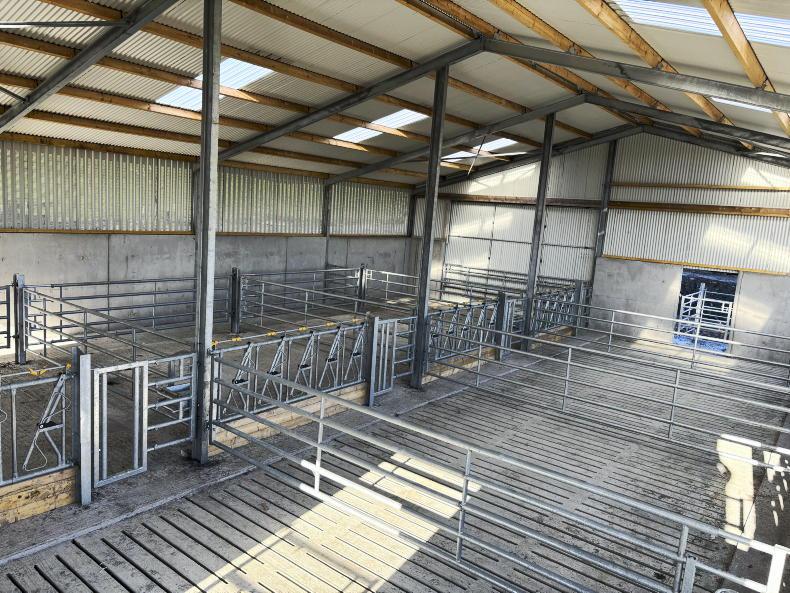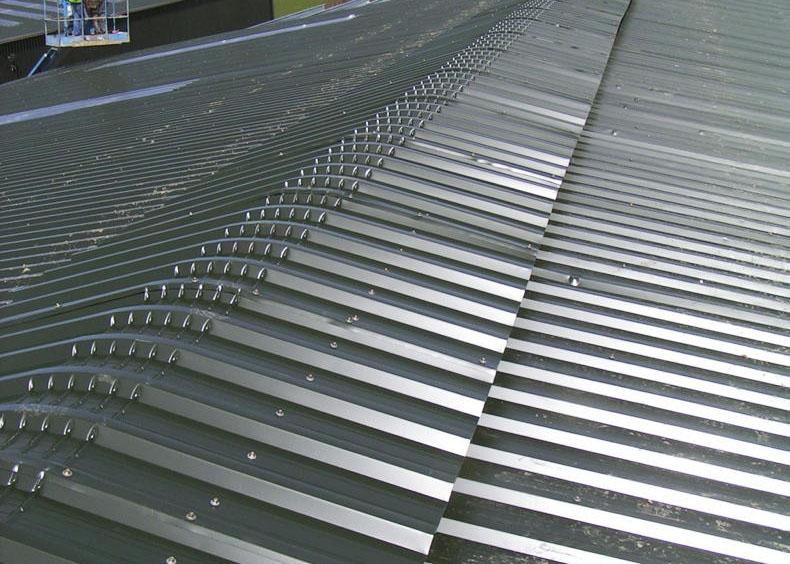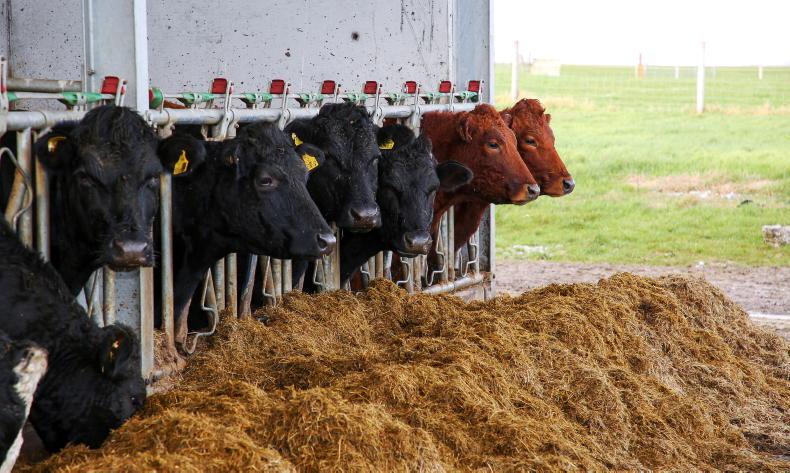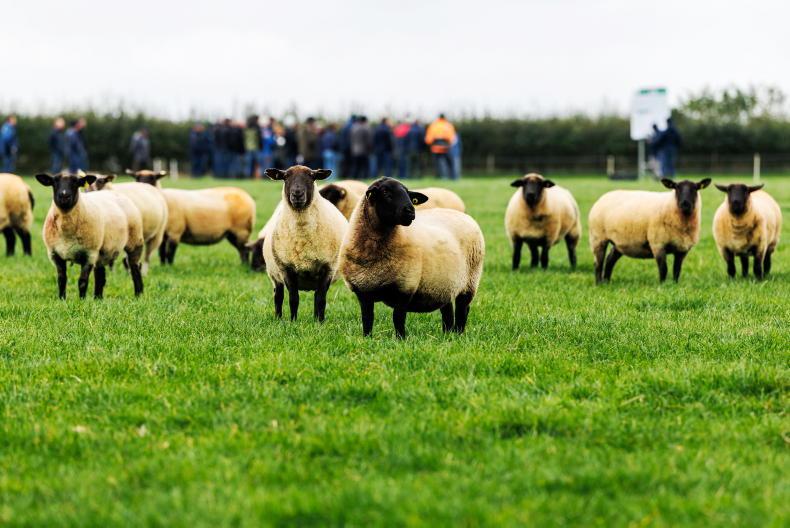The current wet weather has forced some farmers on heavier land to house cattle early and while grazing conditions are poor, air temperatures are still high, reaching the low 20s at some points.
Combined with peak cattle sales in marts and the associated stresses of transport, handling and new yards, all the above are the recipe for pneumonia to proliferate in cattle sheds.
Pneumonia is a virus spread by airborne pathogens, so keeping cool, fresh air in a shed will greatly reduce the risk of the disease spreading.
1. Create an eave outlet
While a lot of sheds have enough air coming into them, there can often be an issue with an adequate outlet to remove the stale, warm air.
As a rule of thumb, there should be 0.1m² of unrestricted outlet space for each animal housed.
Air outlet space should be twice that of inlet to prevent a vacuum effect that would cause an upward draft on cattle.
2. Raise existing roof sheets
Raising sheets is a practical method to turn the roof into a “breathing roof”. One or two lines of sheeting per bay can be raised above the plane of the roof by about 100mm to 150mm with an overlap of about 100mm to 150mm, at each side, to prevent in-blown rain.
The raised sheets run up along the slope of the roof (which is usually across the width of the shed) and possibly up and over a round-roofed shed as well, if one is present.
A wider, new sheet may have to be used to ensure sufficient overlapping to prevent rain entering.
3. Angling of side sheeting
Side sheeting can be angled away from the wall at the bottom to increase the air inlet space along the perimeter walls of the shed.
Air is deflected upwards from the side wall as it enters. This can be done easily enough with box section steel.
4. Opening doors
Using doors as a supplementary air inlet is usually discouraged, as it can lead to draughts, but in extremely mild conditions like we have now with little to no wind, they can be useful to allow more clean, fresh air to enter the building.
5. Knocking blocks
In older sheds, block walls were built up close to the eaves with no side sheeting used.
The top line or two of blocks can be knocked to increase the air inlet from the side. Begin with one line - if required, knock an additional line.










SHARING OPTIONS